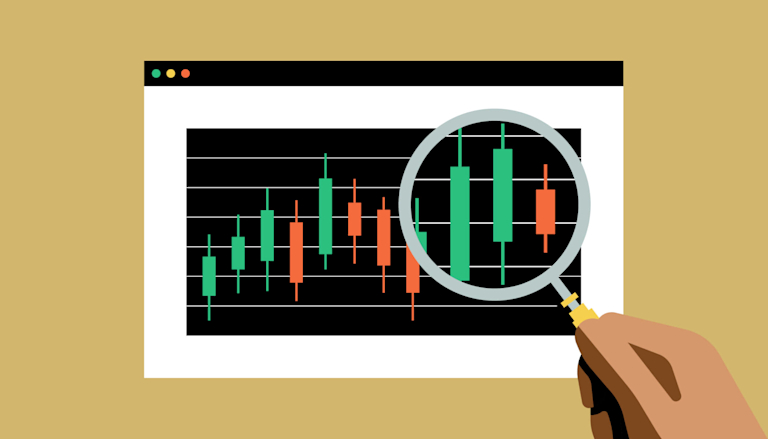
Exploring the Future: Crypto Trading Models
In recent years, the rise of cryptocurrencies as a viable investment has captured the attention of traders worldwide. As digital assets become more mainstream, understanding the various Crypto Trading Models click here crypto trading models is crucial for anyone looking to navigate this complex environment. This article delves into the different approaches to crypto trading, examining their strategies, tools, advantages, and risks.
1. Understanding Crypto Trading Models
Crypto trading models refer to the various frameworks and strategies that traders use to make informed decisions in the volatile world of cryptocurrencies. These models can range from simple techniques suitable for beginners to complex algorithms employed by seasoned traders. Understanding these models is essential for developing a robust trading approach.
2. Fundamental Analysis
Fundamental analysis is one of the most widely used trading models in the cryptocurrency market. This method involves evaluating the intrinsic value of a cryptocurrency by examining related economic, financial, and other qualitative and quantitative factors. Key aspects of fundamental analysis include:
- Market Demand: Analyzing supply and demand factors that affect a cryptocurrency’s price.
- Project Viability: Assessing the technology, use case, and team behind the cryptocurrency.
- Regulatory Environment: Understanding how governmental and regulatory policies might impact the cryptocurrency’s future.
By focusing on these factors, traders can make informed decisions about which cryptocurrencies to invest in.
3. Technical Analysis
Technical analysis, as the name suggests, focuses on the price movements and trading volumes of cryptocurrencies to predict future market behavior. This model involves the use of charts and indicators to identify patterns and trends. Some popular tools used in technical analysis are:
- Moving Averages: These help smooth out price data over a specified period to identify the direction of the trend.
- RSI (Relative Strength Index): A momentum indicator that measures the speed and change of price movements.
- Bollinger Bands: These use standard deviations to indicate price volatility over time.
Traders employing technical analysis seek to recognize potential entry and exit points based on historical price data.
4. Quantitative Trading Models
Quantitative trading utilizes mathematical computations and number crunching to identify trading opportunities. This model is favored by many institutional investors and requires advanced programming skills and a strong grasp of financial theory. Components of quantitative trading include:
- Algorithmic Trading: Utilizing algorithms to automate trading decisions based on preset criteria.
- Backtesting: Testing trading strategies on historical data to evaluate their effectiveness.
- Risk Management: Employing statistical techniques to minimize potential losses.
Quantitative models allow traders to make data-driven decisions more efficiently compared to traditional trading methods.
5. Sentiment Analysis

Sentiment analysis has gained traction in the crypto trading world, especially given social media’s influence on market trends. This model involves gauging market sentiment by analyzing news, social media activity, and market sentiment indicators. Key aspects include:
- Social Media Monitoring: Assessing the volume and sentiment of discussions around a particular cryptocurrency.
- News Analysis: Evaluating how recent news events might impact market perception and price movements.
- Sentiment Indicators: Utilizing tools that aggregate and analyze sentiment data to gauge market mood.
This model can provide traders with insights into the collective emotions driving market movements, which can be crucial for making timely trading decisions.
6. Swing Trading
Swing trading is a trading strategy that aims to capture short- to medium-term price movements by taking advantage of volatility. Swing traders typically hold positions for a few days to weeks. This approach allows traders to benefit from price swings without needing to monitor the market constantly. Essential techniques for swing trading include:
- Chart Patterns: Recognizing patterns like head and shoulders, flags, and triangles to predict potential reversals.
- Entry and Exit Strategies: Setting clear criteria for entering and exiting trades based on price action and risk-reward ratios.
Swing trading requires a solid understanding of technical analysis and market trends, making it suitable for those with moderate experience in trading.
7. Day Trading
Day trading is a popular strategy among crypto traders, characterized by buying and selling assets within the same trading day to profit from short-term price movements. Day traders often employ a variety of strategies, including:
- Scalping: Making numerous trades throughout the day to take advantage of small price changes.
- Momentum Trading: Identifying and capitalizing on stocks or cryptocurrencies that are trending strongly in one direction.
This model demands a significant time commitment and a keen awareness of market conditions, often requiring traders to make quick decisions based on real-time data.
8. Long-Term Investment Models
Long-term investment strategies involve buying and holding cryptocurrencies for extended periods, often based on the belief in their underlying value and potential for future growth. While this approach may not yield immediate returns, it is based on the principle that quality projects will persevere over time. Points to consider include:
- Diversification: Spreading investments across various cryptocurrencies to reduce risk.
- Research: Conducting thorough research to identify promising projects with solid fundamentals.
This model is suitable for investors who are patient and willing to weather market volatility for potentially significant long-term gains.
Conclusion
The world of crypto trading is vast and continually evolving. Understanding different crypto trading models enables traders, whether new or experienced, to make informed decisions that align with their goals and risk tolerance. As the market matures, incorporating diverse strategies such as fundamental analysis, technical analysis, and sentiment analysis can enhance profitability and reduce risk. Ultimately, a well-rounded approach, combining various models, may provide traders with the best chance for success in the unpredictable landscape of cryptocurrency trading.
